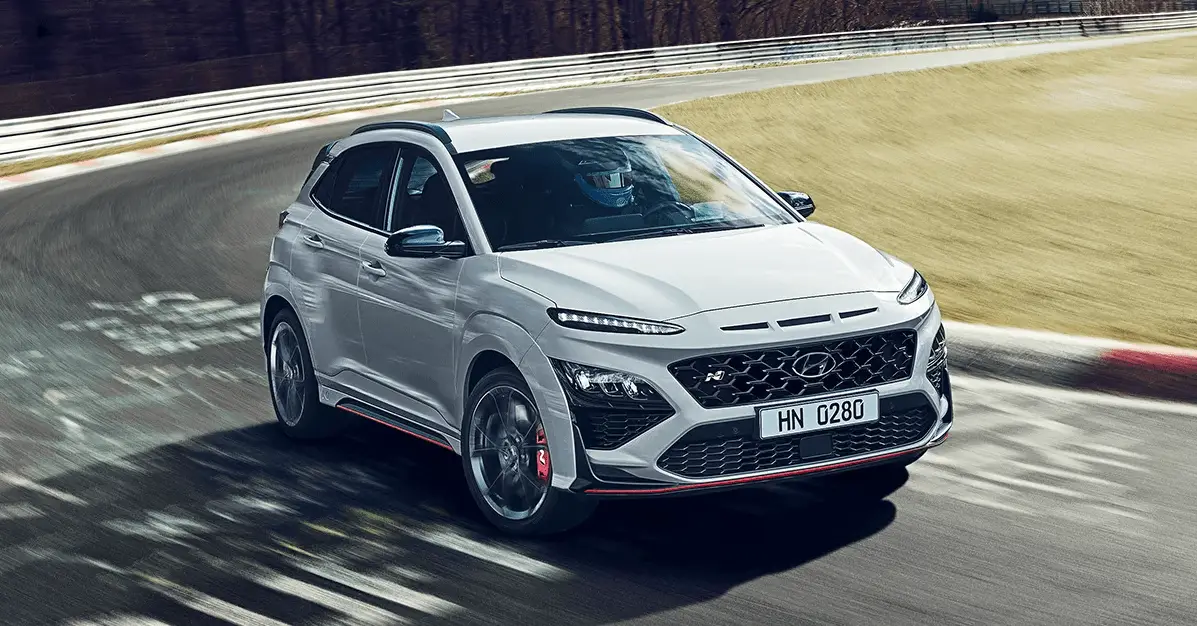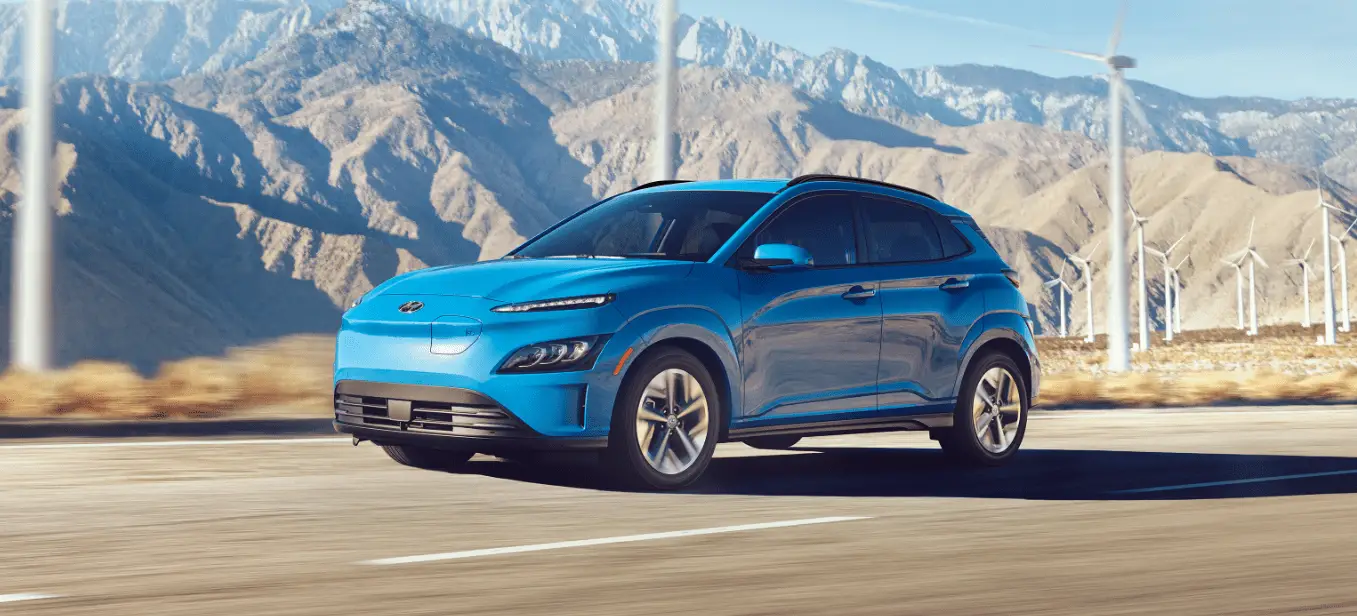2023 Hyundai Kona-EV Rear View Monitor (RVM) The 2023 Hyundai Kona-N’s Rear View Monitor and Rear Cross-Traffic Collision-Avoidance Assist technologies effortlessly combine convenience and safety. Parking and navigating in confined areas are made easier with the Rear image Monitor’s high-resolution camera, which provides a clear and comprehensive image of the area behind the car. When […]


